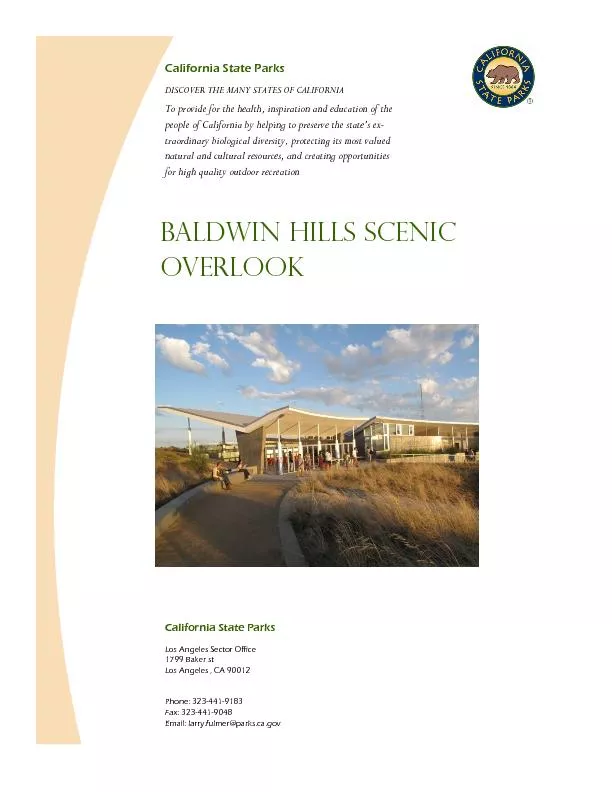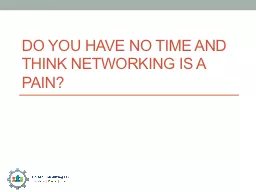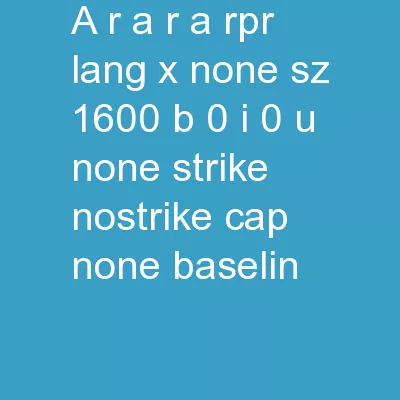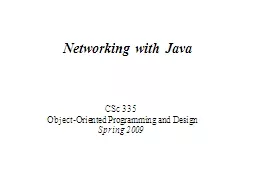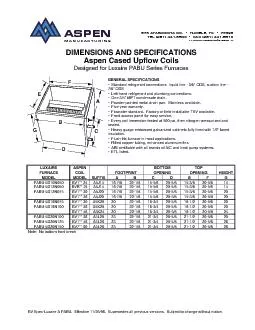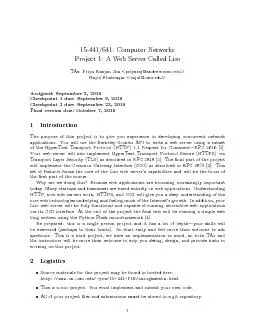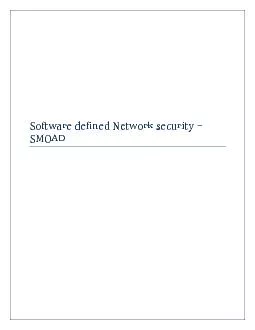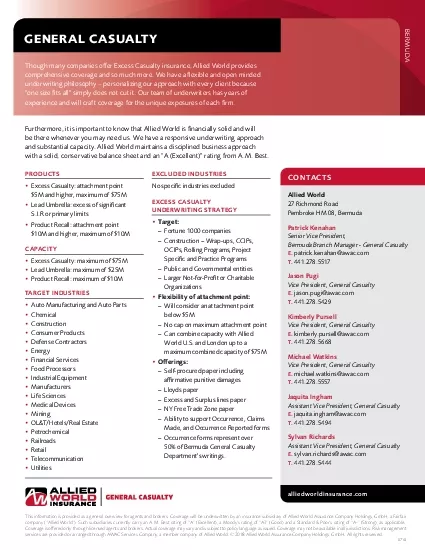PPT-15-441 Computer Networking
Author : min-jolicoeur | Published Date : 2018-02-23
Lecture 16 TCP in detail Eric Anderson Fall 2013 wwwcscmueduprs15441F13 2 Good Ideas So Far Flow control Stop amp wait Sliding window Loss recovery Timeouts Acknowledgementdriven
Presentation Embed Code
Download Presentation
Download Presentation The PPT/PDF document "15-441 Computer Networking" is the property of its rightful owner. Permission is granted to download and print the materials on this website for personal, non-commercial use only, and to display it on your personal computer provided you do not modify the materials and that you retain all copyright notices contained in the materials. By downloading content from our website, you accept the terms of this agreement.
15-441 Computer Networking: Transcript
Download Rules Of Document
"15-441 Computer Networking"The content belongs to its owner. You may download and print it for personal use, without modification, and keep all copyright notices. By downloading, you agree to these terms.
Related Documents



